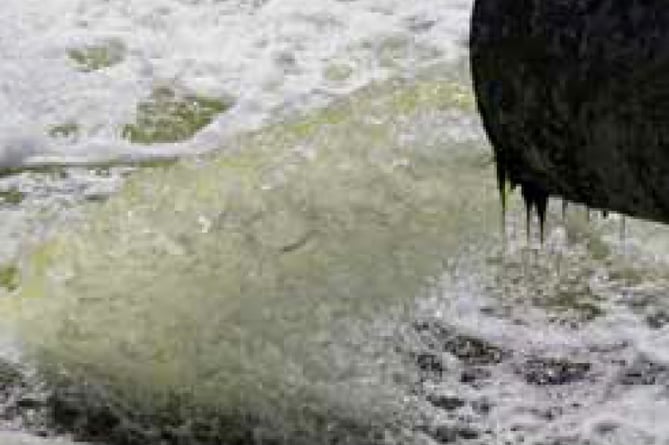Figures released by the Environment Agency have revealed the extent to which untreated sewage ends up in rivers.
The Event Duration Monitoring Storm Overflows 2022 statistics show how many times during the year this pollution happened at each Thames Water location, and the total length of time that sewage was being discharged.
Thames Water is responsible for 12 sites in the Herald area where sewage could potentially leak into the waterways.
Top of the mucky list was Haslemere waste water treatment works, where 50 spills lasting a total of 636.74 hours – 26 and a half days – were recorded last year. Its sewage goes into the River Wey between Haslemere and Bordon.
Bentley waste water treatment works saw 62 spills totalling 595.90 hours (nearly 25 days). Its sewage comes out on the River Wey between Alton and Tilford, affecting the river and the groundwater.
Selborne (39 spills, 416.84 hours) and Bordon (27 spills, 415.77 hours) waste water treatment works polluted Oakhanger Stream and the River Wey from Bordon to the River Slea junction respectively, both for more than 17 days.
Farnham affected the Farnham Park tributary with 25 spills lasting 210.14 hours (nearly nine days).
Waverley Lane sewage pumping station polluted Farnham Bourne with 16 spills totalling 118.18 hours (almost five days).
Godalming waste water treatment works put sewage into the Tilford to Shalford section of the River Wey 14 times lasting 60.03 hours (two and a half days).
Newmans Lane discharged twice into the River Wey at Alton (5.30 hours), there was one spill at Huckers Lane affecting Oakhanger Stream (2.17 hours) and one at Arford pumping station going into the River Wey from Bordon to the River Slea junction (0.93 hours). There was no pollution from Holybourne and Passfield sewage pumping stations.




